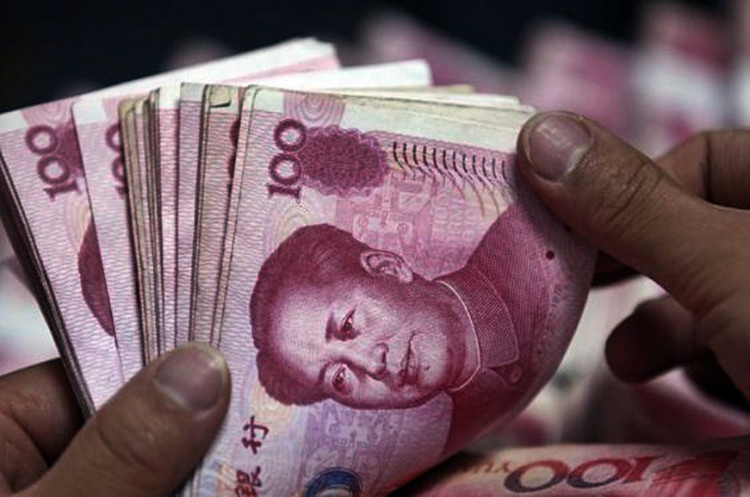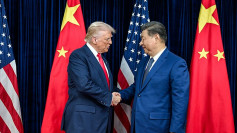China will have to defend a weaker yuan as the trade war with the United States continues to escalate, but efforts by the People's Bank of China (PBOC) to put a floor under the yuan might prove counterproductive in the long run.
PBOC, China's de facto central bank, yesterday increased the yuan's official mid-point to its highest level in 15 months, which came to a 0.7 percent jump in the mid-point. This move to curb speculation, however, led to a surge in dollar buying by companies eager to profit more from the more affordable U.S. currency. The dollar buying spree capped the yuan's gains in the spot market.
PBOC before the market opening yesterday strengthened its official yuan midpoint to 6.8052 per dollar, which is 0.67 percent (or 456 pips) higher than the previous mid-point of 6.8508. This change was the largest one-day boost in percentage terms since June 1, 2017.
In taking this move, PBOC confirmed market suspicions it has changed the way it calculates the mid-point, which is a sign PBOC is worried about letting the beleaguered yuan weaken further after a record 10 straight weeks of losses. These losses look set to continue for the next few weeks.
The reason: the yuan or renminbi is coming under increasing pressure to depreciate as a result of Trump's trade war and China's continuing policy easing to support an economy that is unmistakably slowing down but at the wrong time. Experts said the yuan's short-term movements will remain at the mercy of progress trade talks between China and the United States. These negotiations are going nowhere at present.
Financial experts surmise the PBOC move, which is also seen as a re-introduction of the "counter-cyclical factor" in PBOC's calculations, seeks to steady the yuan but not turn it around. They share the view it doesn't make much sense to see a much stronger yuan from both the economic and trade war standpoint. The PBOC's implementation of the counter-cyclical factor did effectively dampen interest in long dollars.
Zhou Hao, an analyst at Commerzbank in Singapore said the yuan's weakness is justified as the economy is still struggling between growth, debt, and leverage. He said it's not in China's interests for the PBOC to engineer a firmer yuan while the trade war with the United States plods on and intensifies.
Despite these moves, the yuan did weaken in the spot market. The onshore yuan opened at 6.8128 per dollar and quickly fell into negative territory and was 0.21 percent softer than the midpoint. The offshore yuan was trading at 6.8100 per dollar at midday yesterday compared to the official yuan midpoint of 6.8052 per dollar.
Needless to say but bargain hunting for cheaper dollars continues to remain strong despite the PBOC's remedial measures. Money traders see strong resistance at 6.8 per dollar. The key level to watch is now 6.8000.






